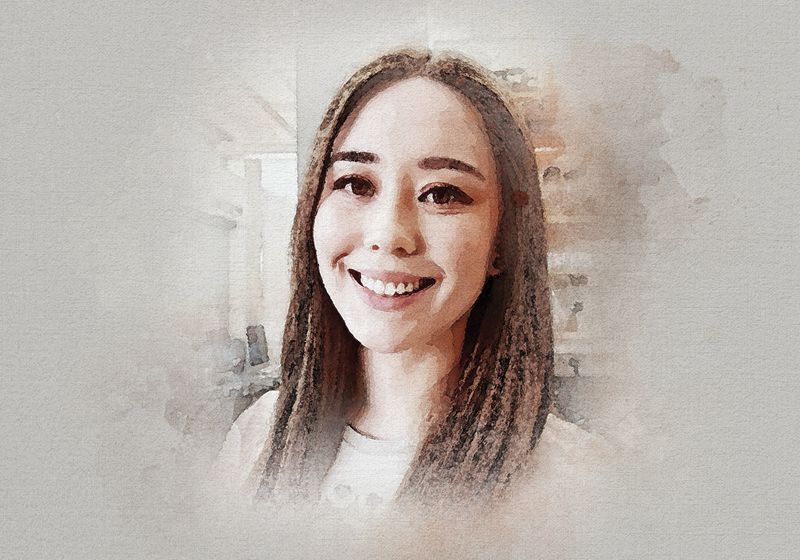Exploring the microbial world, this postdoctoral researcher uncovers how one bacterium’s defenses can defeat another.
Q | Write a brief introduction to yourself including the lab you work in and your research background.
I’m Ruth Isenberg, an IRACDA Postdoctoral Scholar in Julia Willett’s lab at the University of Minnesota. I earned my PhD in microbiology at the University of Wisconsin-Madison in Mark Mandel’s lab, where I studied the roles for cyclic diguanylate during Vibrio fischeri colonization of the Hawaiian bobtail squid. Now, as a postdoc, I study mechanisms underlying Enterococcus faecalis interactions with other bacteria.
Q | How did you first get interested in science and/or your field of research?
My first exposure to microbiology came during my senior year of college when I took Mark Martin’s microbiology course at University of Puget Sound. I was fascinated by how microbes that are invisible to our eyes influence every aspect of our lives. I was particularly interested in how bacteria associate with animal hosts. This led me to try undergraduate research for the first time in Mark Martin’s microbiology lab, and I immediately loved it! Since then, I’ve continued studying how bacteria interact with hosts, other bacteria, and their environment, focusing on the bacterial genetics underlying these interactions.
Q | Tell us about your favorite research project you’re working on.
My current work focuses on characterizing interactions between Enterococcus faecalis, a common gut bacterium that can cause hospital-acquired infections at various body sites, and other bacteria. I found that Streptococcus mutans, an oral pathogen that causes cavities, produces compounds that kill E. faecalis and other pathogenic bacteria.
In an upcoming manuscript, I describe how mutanobactin, a compound produced by some S. mutans strains, kills E. faecalis. I also describe an E. faecalis factor that is required for recovery after exposure to mutanobactin. I am now working on identifying and characterizing an unknown compound produced by a different strain of S. mutans that is also able to kill E. faecalis.
Q | What do you find most exciting about your research project?
The most exciting part of my scientific career has been working with undergraduate researchers! I love teaching and mentoring students. Watching them grow into independent researchers has been one of the most rewarding parts of being a scientist. I have been very fortunate to have mentored many talented undergraduate researchers, and they have been instrumental in my research. Work done by my undergraduate mentees has been featured in almost every research project I have led, and I am proud to include them as authors on manuscripts. My mentees also keep me on my toes with their abundance of hard work and creativity, resulting in surprising and interesting research outcomes! It is because of my experiences with undergraduate researchers that I aspire to continue mentoring and teaching as a professor one day.
Q | If you could be a laboratory instrument, which one would you be and why?
I think I would be a plate reader. I would get to see so many different experiments and get so much data. I don’t think I’d ever get bored!
Are you a researcher who would like to be featured in the “Postdoc Portraits” series? Send in your application here.

